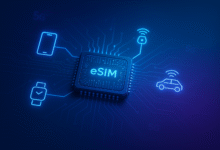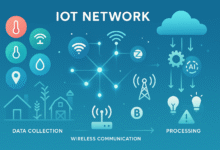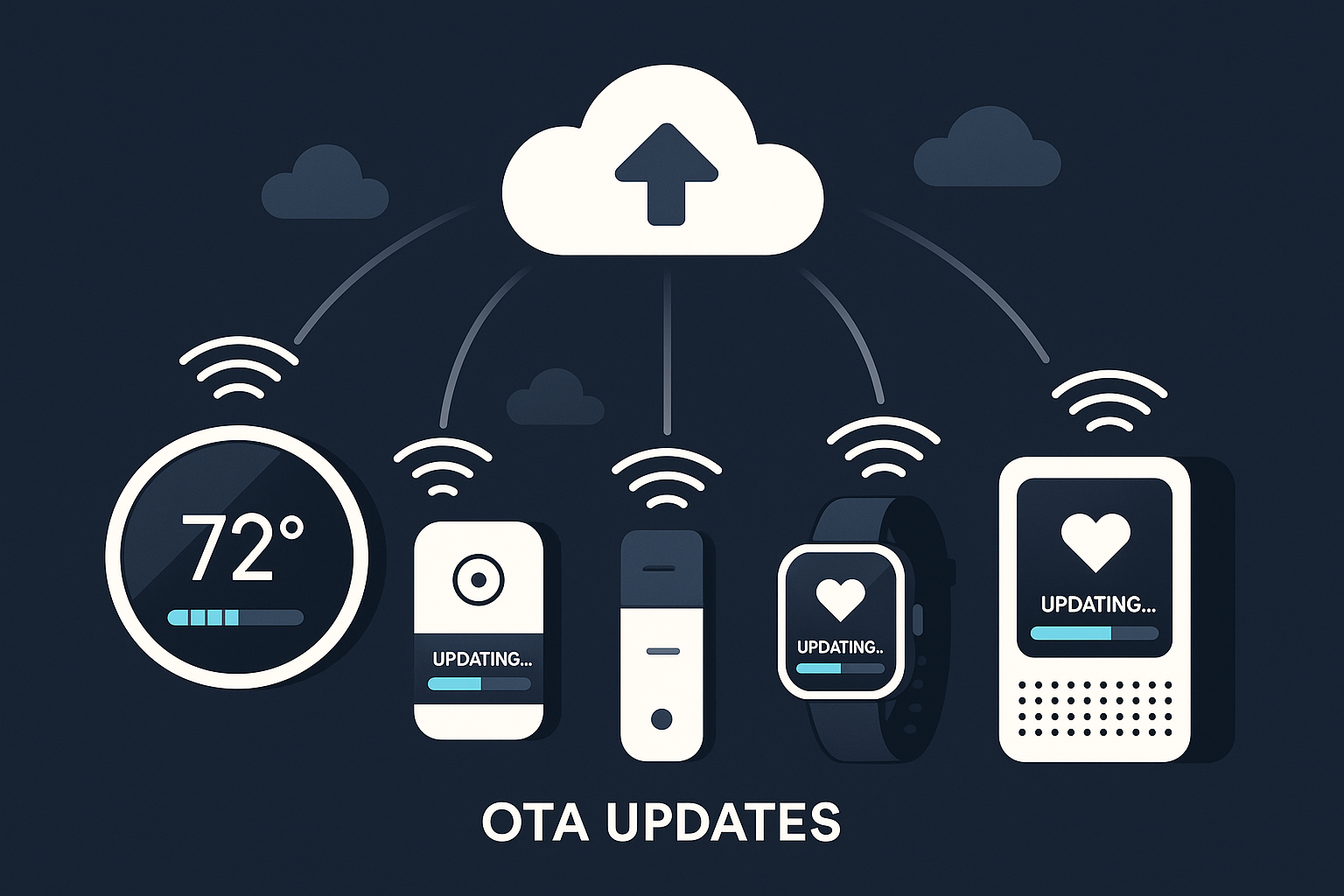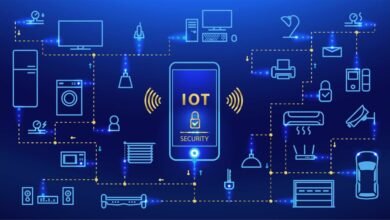EU IoT Regulations 2025: What Every Manufacturer Needs to Know
In 2025, significant changes to the EU IoT regulatory framework will take effect, and manufacturers must prepare to meet these new compliance standards or risk penalties and market exclusion.
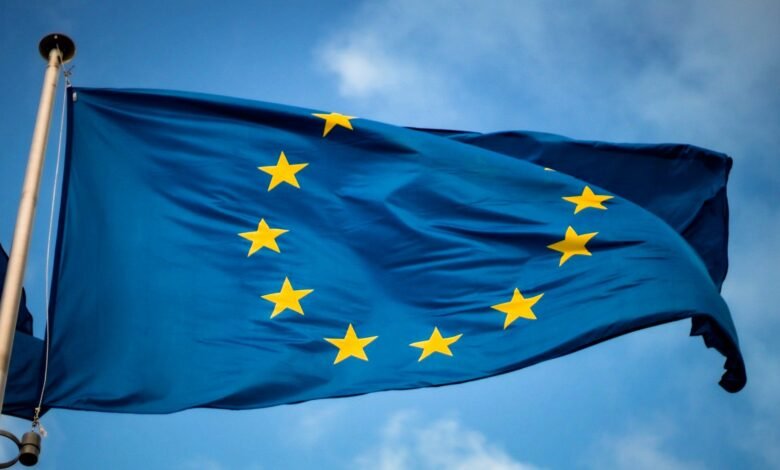
The rapid expansion of the Internet of Things (IoT) has transformed everyday life, industry, and commerce across the European Union. From smart thermostats to complex industrial sensors, connected devices are increasingly integrated into essential systems. As a result, the European Commission has recognized the urgent need for comprehensive regulations to address growing concerns about cybersecurity, privacy, interoperability, and product safety. In 2025, significant changes to the EU IoT regulatory framework will take effect, and manufacturers must prepare to meet these new compliance standards or risk penalties and market exclusion.
Understanding the New EU IoT Regulatory Landscape
The EU IoT Regulations 2025 are not a single directive but a combination of updates to several legislative acts. These include the Cyber Resilience Act (CRA), updates to the Radio Equipment Directive (RED), and new obligations under the Digital Services Act (DSA) and Digital Markets Act (DMA). Together, these regulations form a more stringent and harmonized approach to the governance of connected products in the EU market.
The key objectives of these regulations are to
- Ensure cybersecurity by design and by default.
- Enhance consumer protection and data privacy.
- Foster trust and transparency across the digital supply chain.
- Improve interoperability and prevent market fragmentation.
For IoT manufacturers, these goals translate into actionable requirements, including risk assessments, documentation, product labeling, and software update obligations.
The Cyber Resilience Act (CRA)
The Cyber Resilience Act is arguably the centerpiece of the 2025 IoT regulatory framework. It establishes mandatory cybersecurity requirements for products with digital elements. The CRA applies to both hardware and software and impacts any manufacturer placing IoT products on the EU market, regardless of their origin.
Under the CRA, manufacturers must:
- Conduct a thorough cyber risk assessment during the design phase.
- Implement secure-by-design principles, including encryption, access control, and secure communication protocols.
- Provide security updates and patches throughout the product lifecycle.
- Maintain detailed technical documentation and a Declaration of Conformity.
Non-compliance with the CRA can result in substantial fines of up to €15 million or 2.5% of the company’s global annual turnover, whichever is higher.
Updates to the Radio Equipment Directive (RED)
The Radio Equipment Directive has been expanded to include specific cybersecurity provisions for wireless devices. Effective from 2025, certain classes of IoT products must meet enhanced security and privacy requirements under this directive.
These include:
- Ensuring that personal data is protected against unauthorized access.
- Preventing devices from being used to disrupt communication networks.
- Ensuring software integrity and secure update mechanisms.
Manufacturers must undergo conformity assessment procedures and apply the CE marking to demonstrate compliance. Notably, the revised RED emphasizes the importance of software transparency, requiring vendors to disclose software capabilities and limitations.
Data Protection and Privacy Requirements
The General Data Protection Regulation (GDPR) remains a core component of IoT compliance in the EU. IoT devices often collect personal data, making them subject to strict data privacy rules.
Key considerations for IoT manufacturers include:
- Implementing data minimization principles by only collecting what is necessary.
- Securing user consent through clear and informed opt-ins.
- Providing transparency through privacy notices and data handling documentation.
- Facilitating user rights, such as data access and erasure.
Failure to comply with GDPR can result in fines of up to €20 million or 4% of annual global turnover.
Software and Firmware Update Obligations
A major focus of the 2025 regulations is ensuring the ongoing security of IoT devices. As such, manufacturers are now responsible for
- Offering regular security updates and patches.
- Notifying users of available updates in a user-friendly way.
- Maintaining compatibility of updates with existing system configurations.
In some cases, manufacturers must offer update support for several years after the product is sold. This new obligation emphasizes the shift toward product lifecycle accountability, which many manufacturers previously overlooked.
Product Labeling and CE Marking
Transparency for end-users is critical in the new regulatory regime. As such, product labeling is now more informative and standardized. Labels must communicate key information such as
- Device compliance with EU laws.
- Cybersecurity support period.
- Update frequency and expiration dates.
Additionally, the CE marking will continue to serve as proof of conformity, but with expanded meaning. It now includes security and data protection features, not just physical safety. Manufacturers must ensure they correctly apply the marking and support it with proper documentation.
Supply Chain Transparency and Accountability
The interconnected nature of IoT means that supply chain security is a shared responsibility. Manufacturers must vet their suppliers and ensure that all components, including software modules and cloud services, meet EU standards.
New regulations require
- Supplier audits and documentation of third-party services.
- Clear contractual agreements outlining compliance responsibilities.
- Incident response plans involving all stakeholders.
This level of scrutiny aims to close security gaps that may arise from outsourced or unverified elements in the production process.
Interoperability and Standardization
To prevent a fragmented digital ecosystem, the EU is promoting interoperability standards across IoT devices. This allows for better integration, usability, and competition.
Manufacturers are encouraged to:
- Adhere to open standards wherever possible.
- Participate in EU standardization bodies and initiatives.
- Design products that can seamlessly connect with other certified devices.
Interoperability is essential not just for user convenience but for ensuring secure interactions among devices from different vendors.
Market Surveillance and Enforcement
To ensure compliance, the EU is investing in stronger market surveillance mechanisms. Authorities will have broader powers to:
- Conduct random product inspections.
- Request technical files and testing results.
- Enforce recalls or sales bans on non-compliant devices.
Manufacturers are advised to maintain updated compliance documentation and be prepared for both scheduled and unscheduled audits. Market surveillance will increasingly rely on digital tracking tools and AI-assisted analytics to identify high-risk products.
Preparing for Compliance: Steps Manufacturers Should Take
To meet the demands of the EU IoT Regulations 2025, manufacturers should begin immediate compliance preparation. Key actions include
- Conduct a regulatory gap analysis: Compare current practices against new requirements.
- Update product development processes. Integrate security and privacy from the design phase.
- Revise supply chain agreements: Include compliance and cybersecurity clauses.
- Establish update and patch policies: Define procedures for timely software support.
- Train internal teams: Educate engineering, legal, and customer service staff.
- Engage with notified bodies: Begin conformity assessments and documentation.
Timely preparation will reduce disruption, ensure market access, and foster trust with consumers and regulators alike.
Challenges and Opportunities
While the new regulations present challenges, such as increased development costs and longer time-to-market, they also offer opportunities. By demonstrating compliance, manufacturers can:
- Differentiate their products based on security and trust.
- Build stronger customer relationships through transparency.
- Reduce liability risks and avoid reputational damage.
- Gain a competitive edge in both EU and global markets.
Forward-thinking manufacturers can use this regulatory shift to innovate responsibly and lead in secure IoT design.
Conclusion: A Pivotal Moment for the IoT Industry
The EU IoT Regulations 2025 mark a pivotal shift toward a safer, more transparent, and interoperable digital landscape. For manufacturers, these rules are more than just legal obligations—they represent a blueprint for responsible innovation.
Those who adapt quickly and thoroughly will not only meet compliance but also position themselves as leaders in the next generation of connected technology. Failing to do so, however, could result in costly penalties, damaged reputations, and exclusion from one of the world’s most important markets.
In an era where cybersecurity, privacy, and digital trust are non-negotiable, the message from the EU is clear: secure, compliant, and user-centric IoT products are the future. Manufacturers must act now to ensure they are ready for 2025 and beyond.
